Nourishing Insights: Exploring the Power of Balanced Nutrition
Balanced nutrition is the cornerstone of good health, providing essential nutrients that support bodily functions and overall well-being. For seniors, maintaining a nourishing diet becomes even more crucial as it plays a vital role in promoting longevity, preventing chronic diseases, and enhancing quality of life. In this blog post, we will delve into the importance of balanced nutrition for seniors and explore the key elements of a nourishing diet that can contribute to their health and well-being. By understanding the significance of proper nutrition and incorporating healthy eating habits into daily life, seniors can empower themselves to live a fulfilling and vibrant life as they age. Let's embark on this journey to discover the power of balanced nutrition and its profound impact on seniors' health.
Understanding Macronutrients for Seniors
Macronutrients play a crucial role in supporting the health and vitality of seniors by providing essential energy and nutrients necessary for optimal well-being. Here's a tailored exploration of macronutrients for seniors:
Carbohydrate
Fibre is classified as soluble or insoluble as explained briefly below.
Soluble fibre dissolves in water to form a gel-like substance in the digestive tract. It undergoes fermentation in the colon, producing short-chain fatty acids that provide various health benefits. Soluble fiber helps regulate blood sugar levels by slowing down the absorption of glucose, making it beneficial for individuals with diabetes or prediabetes. It also helps lower cholesterol levels by binding to bile acids and removing them from the body, thus reducing the risk of heart disease. Additionally, soluble fiber promotes a feeling of fullness, aiding in weight management and appetite control.
Insoluble fibre does not dissolve in water and passes through the digestive system relatively intact. It adds bulk to stool and facilitates regular bowel movements by promoting the movement of food through the digestive tract. Insoluble fiber provides relief from constipation and prevents digestive issues such as diverticulosis and hemorrhoids by promoting bowel regularity. It also helps maintain colon health by reducing the risk of colorectal cancer and supporting overall digestive function.

Recommended Daily Intake: Seniors should aim to consume complex carbohydrates from whole grains, fruits, and vegetables, comprising about 45-65% of their total daily caloric intake. Choosing fiber-rich sources can help seniors maintain digestive health and manage weight. Seniors should aim to consume adequate fiber, with recommended intake levels of about 25-30 grams per day for optimal digestive function and overall well-being.
Sources of Healthy Carbohydrates: Opt for nutrient-dense carbohydrates such as whole grains like brown rice, quinoa, and oats. Soluble fibre sources include oats, barley, legumes (such as beans and lentils), fruits (like apples, oranges, and berries), vegetables (such as carrots and Brussels sprouts), and seeds (like flaxseeds and chia seeds). Insoluble fibre includes whole grains (like wheat bran, brown rice, and whole wheat bread), nuts and seeds (such as almonds and sunflower seeds), fruits with edible seeds or skins (like grapes and kiwi), and vegetables with skins or stalks (such as broccoli and cauliflower).
Proteins
Role and Functions: Proteins are vital for seniors to maintain muscle mass, support immune function, and promote tissue repair and recovery. Adequate protein intake becomes increasingly important for seniors to prevent muscle loss and support overall health.
Recommended Daily Intake: Seniors should aim to consume high-quality protein sources, comprising about 0.8-1.0 grams of protein per kilogram of body weight per day. This ensures sufficient protein intake for muscle maintenance and repair.
Sources of Healthy Proteins: Seniors is encouraged to include lean protein sources such as poultry, fish, eggs, dairy products, legumes, nuts, and seeds in their diet. These protein-rich foods provide essential amino acids necessary for muscle health and overall vitality.
Role and Functions: Healthy fats are essential for seniors to support heart health, brain function, and hormone regulation. Healthy fats, also known as unsaturated fats, are beneficial for overall health and well-being. They can be further categorized into monounsaturated fats and polyunsaturated fats. Healthy fats provide essential fatty acids that the body cannot produce on its own, such as omega-3 and omega-6 fatty acids. These fats are vital for brain function, heart health, and inflammation regulation. They also help absorb fat-soluble vitamins (A, D, E, and K), promote satiety, and support cell structure and function.
Unhealthy fats, also known as saturated fats and trans fats, are detrimental to health when consumed in excess. Saturated fats are typically solid at room temperature and are commonly found in animal products and some plant-based oils. Trans fats are artificially produced through hydrogenation and are often found in processed and fried foods.
They also aid in the absorption of fat-soluble vitamins and provide a concentrated source of energy. Both saturated fats and trans fats can raise LDL cholesterol levels in the blood, increasing the risk of cardiovascular diseases such as heart disease and stroke. They can also contribute to inflammation, insulin resistance, and other chronic health conditions when consumed in large amounts.
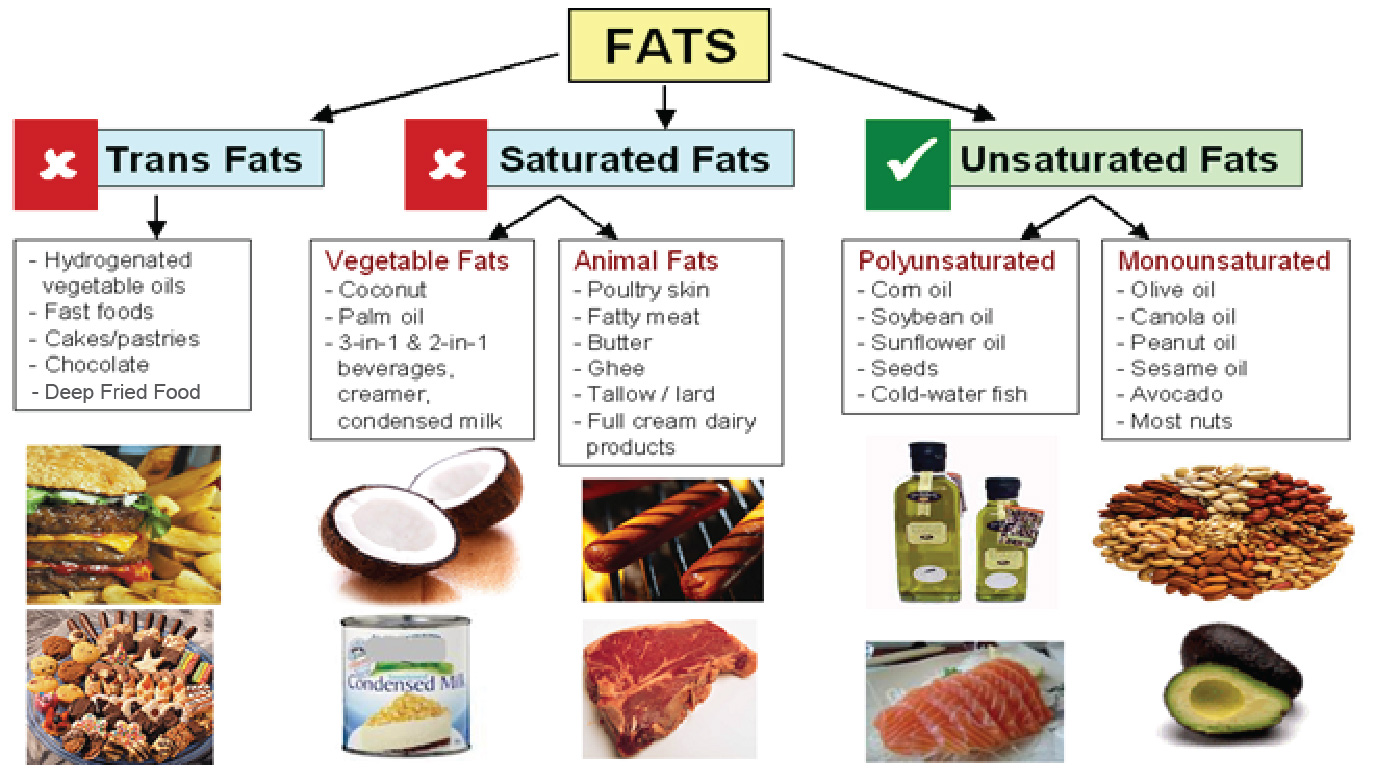
Recommended Daily Intake: Seniors should focus on consuming heart-healthy fats, comprising about 20-35% of their total daily caloric intake. It is important to choose unsaturated fats and limit the consumption of saturated and trans fats to promote cardiovascular health.
Sources of Healthy Fats: Monounsaturated fats are found in foods such as avocados, olive oil, nuts (like almonds, peanuts, and cashews), and seeds (such as pumpkin and sesame seeds). Polyunsaturated fats are abundant in fatty fish (like salmon, trout, and mackerel), flaxseeds, walnuts, and soybean oil. Saturated fats are found in foods like red meat, butter, cheese, and coconut oil. Trans fats are commonly found in processed snacks, fried foods, baked goods (like pastries and cookies), margarine, and some packaged foods.
Significance of Micronutrients for Seniors
Micronutrients are essential vitamins and minerals required by the body in small amounts to maintain proper health and function. Despite being needed in smaller quantities compared to macronutrients, micronutrients play crucial roles in various physiological processes, including metabolism, immune function, bone health, and energy production.A diverse diet rich in micronutrients is essential for seniors to support overall health, vitality, and longevity. Adequate intake of vitamins and minerals is particularly important for older adults due to age-related changes in nutrient absorption and metabolism. Consuming a variety of nutrient-dense foods ensures that seniors receive the necessary micronutrients to maintain immune function, cognitive health, bone strength, and cardiovascular health, ultimately promoting a higher quality of life and well-being.
Vitamin A
Function: Vitamin A is essential for maintaining healthy vision, supporting immune function, promoting skin health, and facilitating cell growth and differentiation. It is particularly important for maintaining the health of the eyes, skin, and mucous membranes.
Sources: Rich dietary sources of vitamin A include orange and yellow fruits and vegetables (such as carrots, sweet potatoes, and mangoes), dark leafy greens (like spinach and kale), eggs, and liver.
Function: Vitamin B encompasses a group of water-soluble vitamins that play critical roles in various bodily functions. They play roles in energy metabolism, nerve function, red blood cell production, and DNA synthesis. Vitamin B Includes thiamine (B1), riboflavin (B2), niacin (B3), pantothenic acid (B5), pyridoxine (B6), biotin (B7), folate (B9), and cobalamin (B12).
Sources: They are found in a variety of foods, including whole grains, lean meats, poultry, fish, eggs, dairy products, legumes, and leafy greens.
Function: As a potent antioxidant, vitamin C helps protect cells from oxidative damage, supports immune function, promotes collagen synthesis for skin health, aids in wound healing, and enhances the absorption of non-heme iron from plant-based foods.
Sources: Excellent sources of vitamin C include citrus fruits (such as oranges, grapefruits, and lemons), berries (like strawberries, raspberries, and blueberries), kiwi, bell peppers, broccoli, and tomatoes.
Function: Vitamin D is crucial for maintaining bone health and density by facilitating calcium absorption, supporting immune function, regulating mood, and reducing inflammation. It plays a vital role in preventing osteoporosis and fractures in seniors.
Sources: The primary source of vitamin D is sunlight exposure, but it can also be obtained from fortified dairy products, fatty fish (such as salmon and mackerel), egg yolks, and fortified foods like breakfast cereals and orange juice.
Function: Vitamin E acts as a powerful antioxidant, protecting cells from oxidative stress and damage. It supports immune function, promotes skin health and healing, and may have anti-inflammatory properties.
Sources: Good sources of vitamin E include nuts and seeds (such as almonds, sunflower seeds, and hazelnuts), vegetable oils (like olive oil and sunflower oil), spinach, avocados, and fortified cereals.
Function: Vitamin K is essential for blood clotting, bone metabolism, and cardiovascular health. It helps regulate calcium levels in the body and plays a critical role in maintaining bone density and preventing osteoporosis.
Sources: Leafy green vegetables (such as kale, spinach, and Swiss chard), broccoli, Brussels sprouts, and fermented foods (like natto and sauerkraut) are excellent sources of vitamin K.
Function: Calcium is a vital mineral for maintaining strong bones and teeth, supporting muscle function and nerve transmission, and facilitating blood clotting. It is particularly important for seniors to prevent osteoporosis and reduce the risk of fractures.
Sources: Dairy products (such as milk, yogurt, and cheese) are the primary sources of calcium, but it can also be obtained from fortified plant-based milk alternatives, leafy greens (like kale and collard greens), tofu, and canned fish with bones (such as sardines and salmon).
Function: Iron is necessary for the production of hemoglobin in red blood cells, which transports oxygen from the lungs to the rest of the body. It also plays a role in energy metabolism, immune function, and cognitive health.
Sources: Iron can be obtained from both animal and plant-based sources. Animal sources of iron include red meat, poultry, and seafood, while plant-based sources include lentils, beans, tofu, fortified cereals, and dark leafy greens.
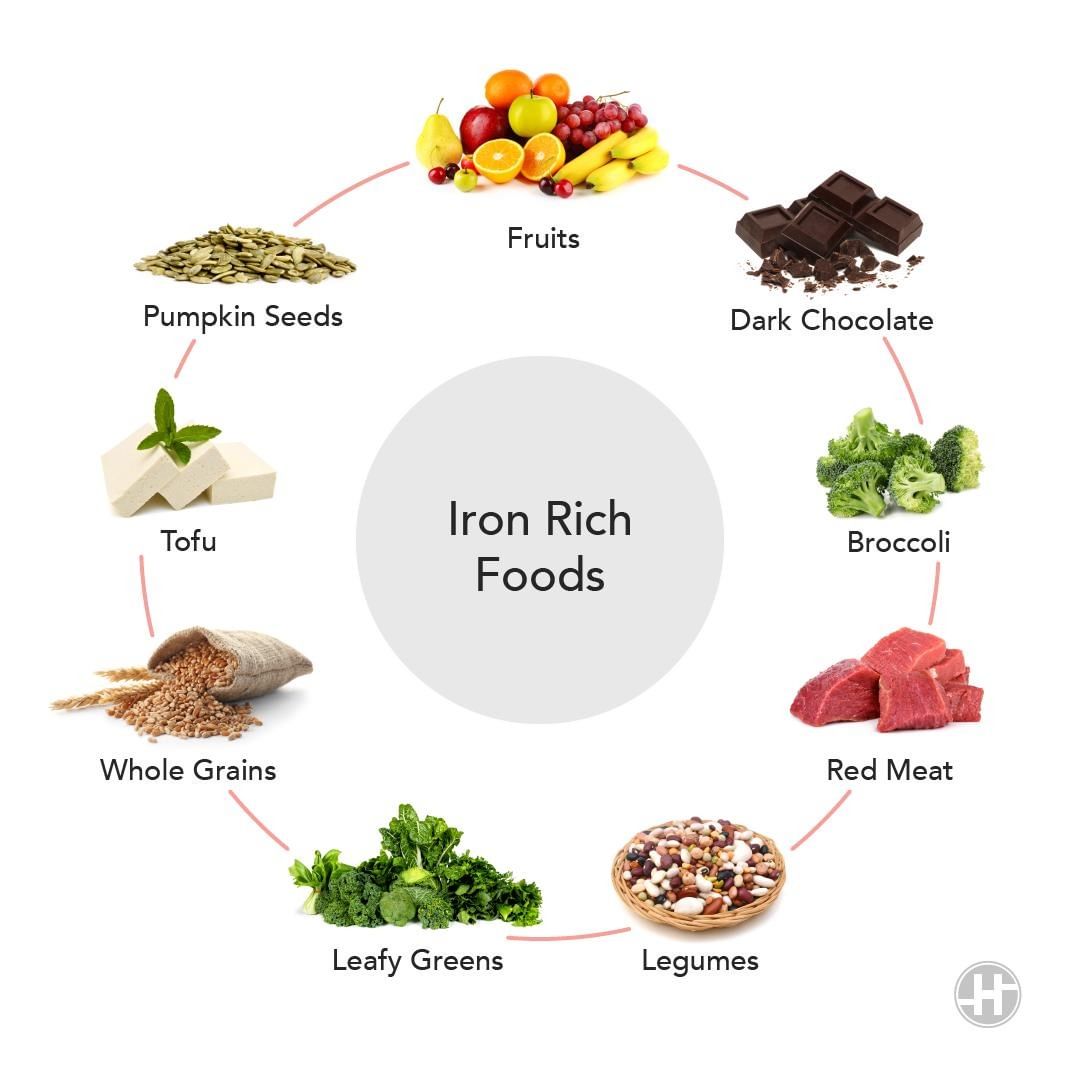
A diverse diet that includes a variety of fruits, vegetables, whole grains, lean proteins, and healthy fats ensures that seniors receive an adequate intake of essential micronutrients. Consuming a wide range of nutrient-rich foods supports overall health, boosts immune function, promotes cognitive function, and reduces the risk of chronic diseases associated with aging, such as osteoporosis, cardiovascular disease, and cognitive decline. By prioritizing nutrient-dense foods and maintaining a balanced diet, seniors can optimize their micronutrient intake and enhance their quality of life.
Building a Balanced Plate: Tips for Nutritious Meals
Prioritize Whole Foods: Start by including a variety of whole foods in your meals, such as fruits, vegetables, whole grains, lean proteins, and healthy fats. Whole foods are rich in essential nutrients and provide greater health benefits compared to processed foods.
Fill Half Your Plate with Vegetables and Fruits: Aim to fill half of your plate with colorful vegetables and fruits. These foods are packed with vitamins, minerals, antioxidants, and dietary fiber, which support immune function, digestive health, and overall well-being. Choose a variety of colors to ensure a diverse array of nutrients.
Incorporate Lean Proteins: Include lean sources of protein in your meals, such as poultry, fish, beans, lentils, tofu, and low-fat dairy products. Protein is essential for maintaining muscle mass, supporting immune function, and promoting satiety. Opt for grilled, baked, or steamed protein sources to minimize added fats and calories.
Add Whole Grains: Incorporate whole grains into your meals to provide sustained energy and essential nutrients like fiber, vitamins, and minerals. Choose options like brown rice, quinoa, whole wheat pasta, oats, barley, and whole grain bread. These foods offer more nutrients and fiber compared to refined grains.
Include Healthy Fats: Don't forget to include sources of healthy fats in your meals, such as nuts, seeds, avocados, olive oil, and fatty fish like salmon and trout. Healthy fats are essential for brain health, heart health, and nutrient absorption. Use them in moderation to add flavor and texture to your dishes.
Watch Portion Sizes: Pay attention to portion sizes to prevent overeating and maintain a healthy weight. Use smaller plates and bowls to help control portion sizes, and avoid going back for seconds unless you're still hungry. Listen to your body's hunger and fullness cues to avoid overeating.
Stay Hydrated: Remember to drink plenty of water throughout the day to stay hydrated. Water is essential for digestion, nutrient absorption, circulation, and overall health. Aim to drink at least 8 glasses of water per day, and hydrate with herbal teas, infused water, or sparkling water if desired.
Sample Meal Ideas and Recipes
Here are some sample meal ideas that incorporate a balance of macronutrients and micronutrients:Grilled Chicken Salad
Topped with sliced avocado, toasted almonds, and a drizzle of balsamic vinaigrette.
Served with a side of whole grain bread or quinoa for added fiber and carbohydrates.
Stir-Fried Chicken and Vegetables
Thinly sliced chicken breast stir-fried with a variety of colorful vegetables such as bell peppers, broccoli, carrots, and snap peas.
Seasoned with garlic, ginger, soy sauce, and a dash of sesame oil for flavor.
Served over steamed brown rice or quinoa for a nutritious and satisfying meal.
Vegetable Stir-Fry with Tofu
Served over brown rice or cauliflower rice for a nutritious and satisfying meal.
Salmon with Roasted Vegetables
Accompanied by roasted Brussels sprouts, sweet potatoes, and asparagus tossed in olive oil and spices.
Steamed Fish with Ginger and Scallions
Steamed with sliced ginger and green onions until tender and flavorful.
Garnished with additional green onions and a drizzle of light soy sauce, and served with steamed bok choy or Chinese broccoli on the side.
Mapo Tofu
Stir-fried with minced pork or beef for added protein, along with diced bell peppers and green onions.
Served over steamed white or brown rice, garnished with fresh cilantro or chopped green onions.
Seasoned with garlic, ginger, and a splash of oyster sauce or soy sauce for umami flavor.
Served over steamed jasmine rice or noodles, garnished with chopped cilantro or toasted sesame seeds.
Greek Yogurt Parfait
Plain Greek yogurt layered with fresh berries (such as strawberries, blueberries, and raspberries), sliced banana, and granola.
Sprinkled with chia seeds or flaxseeds for added omega-3 fatty acids and fiber.
Mindful Eating Practices
Mindful eating is a practice that involves paying full attention to the experience of eating and drinking, both internally and externally. It involves being fully present in the moment and cultivating awareness of your thoughts, feelings, and sensations while eating. This approach encourages you to listen to your body's hunger and fullness cues, savor the flavors and textures of your food, and cultivate a nonjudgmental attitude towards your eating habits.
Benefits of Mindful Eating
Improved Digestion: By slowing down and paying attention to what you're eating, you're more likely to chew your food thoroughly, which aids in digestion and nutrient absorption. Better Food Choices: Mindful eating helps you become more attuned to your body's hunger and fullness signals, allowing you to make healthier food choices and avoid overeating.
Enhanced Enjoyment: When you're fully present while eating, you can savor the flavors and textures of your food, leading to a greater sense of satisfaction and enjoyment from your meals.
Reduced Stress: Mindful eating can help reduce stress and anxiety related to food by promoting a sense of calm and relaxation during meal times.
Tips for Practicing Mindful Eating
Use All Your Senses: Take the time to notice the colors, smells, textures, and flavors of your food. Chew slowly and pay attention to the sensations in your mouth.
Listen to Your Body: Pause periodically during your meal to check in with your hunger and fullness levels. Stop eating when you feel satisfied, even if there's food left on your plate.
Practice Gratitude: Before you start eating, take a moment to express gratitude for the nourishing food in front of you. Cultivate appreciation for the farmers, producers, and everyone involved in bringing the food to your table.
Be Nonjudgmental: Approach eating with curiosity and compassion, without judgment or criticism. Accept your food choices without labeling them as "good" or "bad."
Incorporating mindful eating practices into your daily routine can help you develop a healthier relationship with food and enhance your overall well-being.
Conclusion
In today's fast-paced world, it's easy to overlook the importance of balanced nutrition, especially as we age. However, the benefits of nourishing our bodies with the right combination of macronutrients and micronutrients cannot be overstated. By understanding the role that carbohydrates, proteins, fats, vitamins, and minerals play in supporting our overall health and well-being, we can make informed choices about the foods we consume.But balanced nutrition isn't just about what you eat—it's also about how you eat. Mindful eating practices can help you reconnect with your body's hunger and fullness cues, savor the flavors of your food, and cultivate a deeper appreciation for the nourishment it provides.



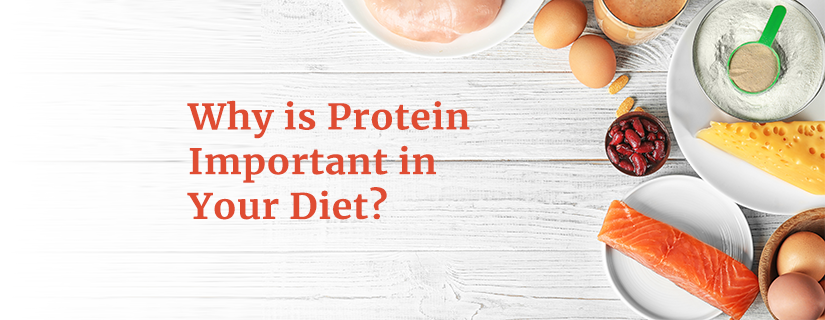

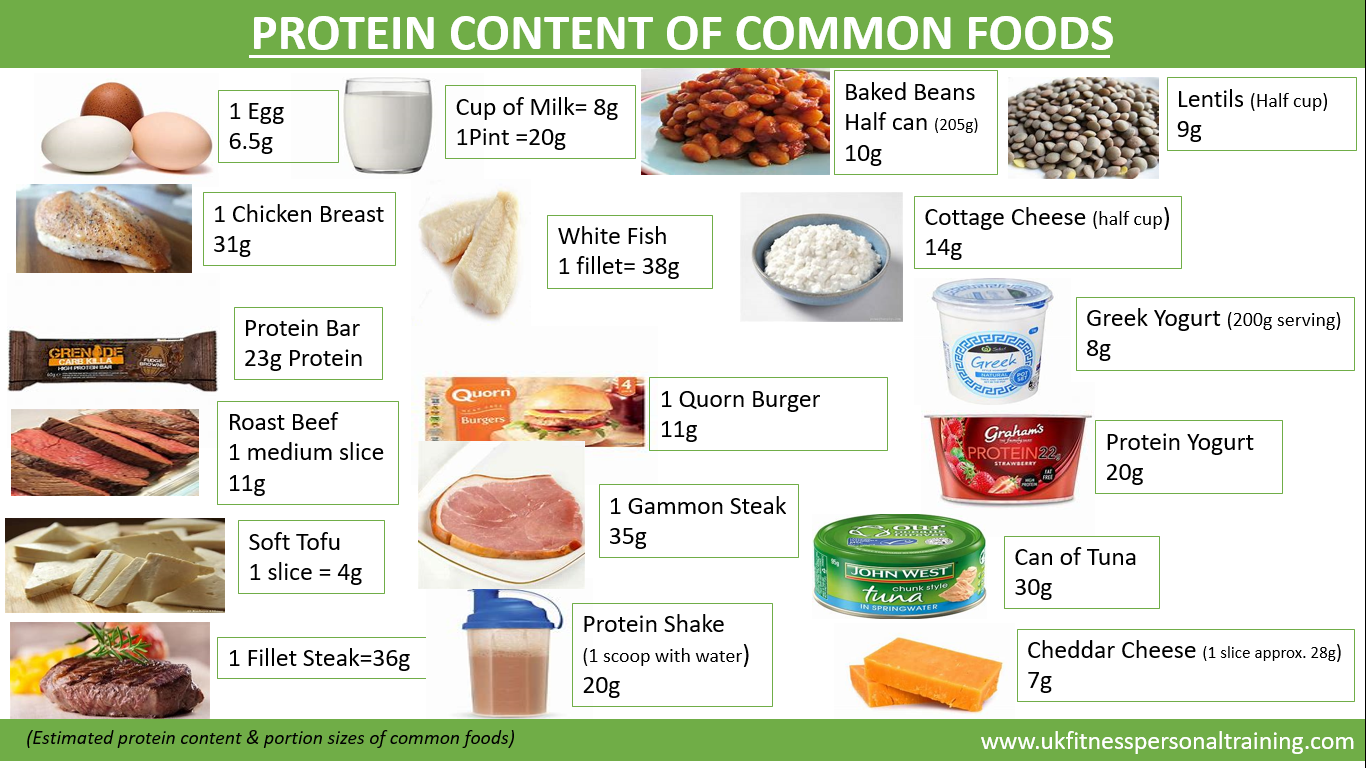
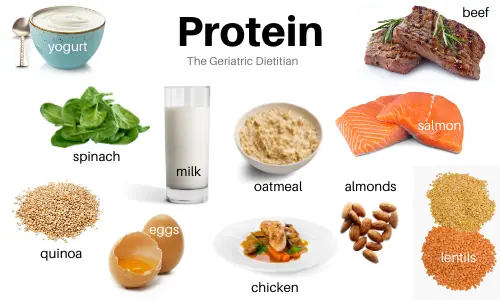

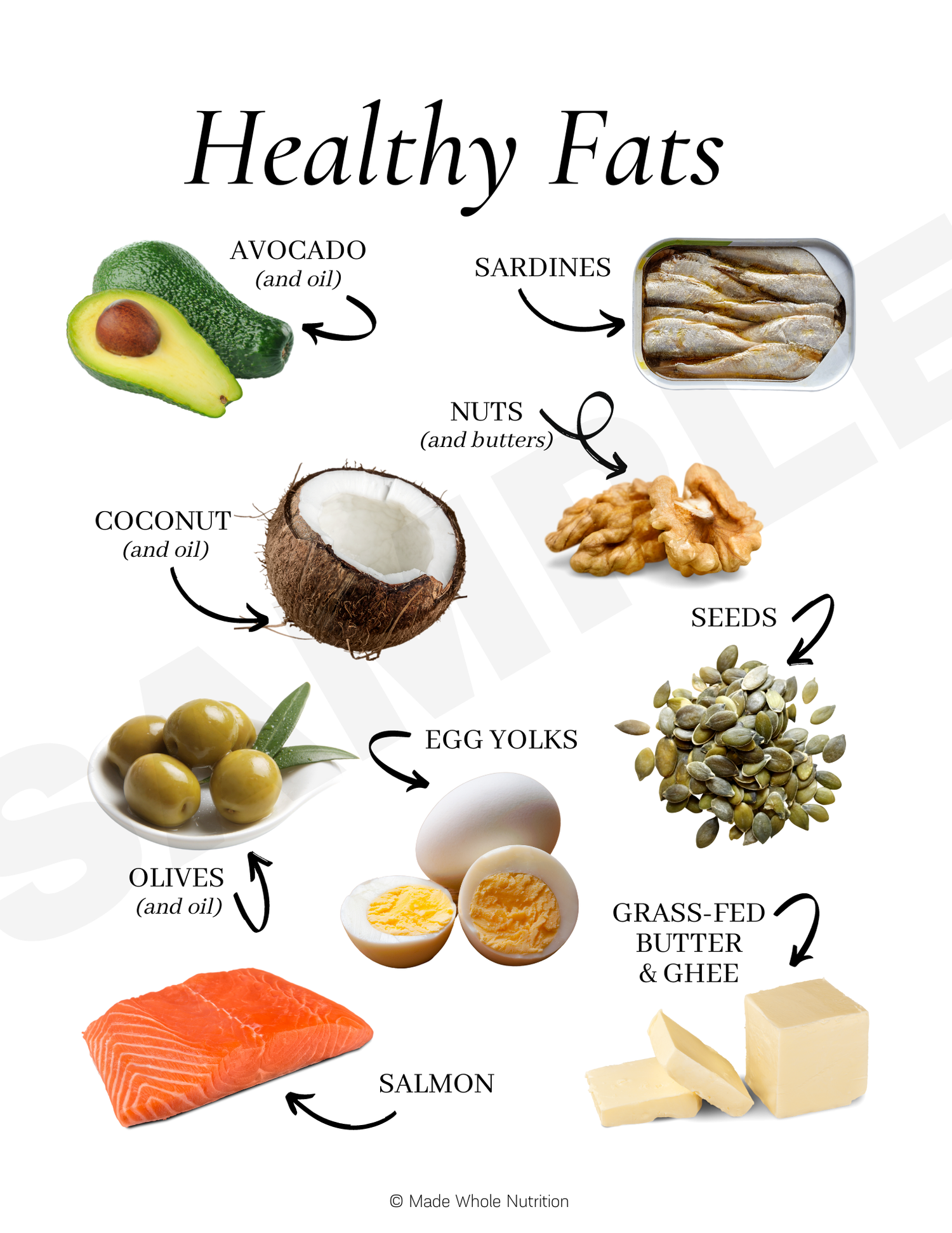
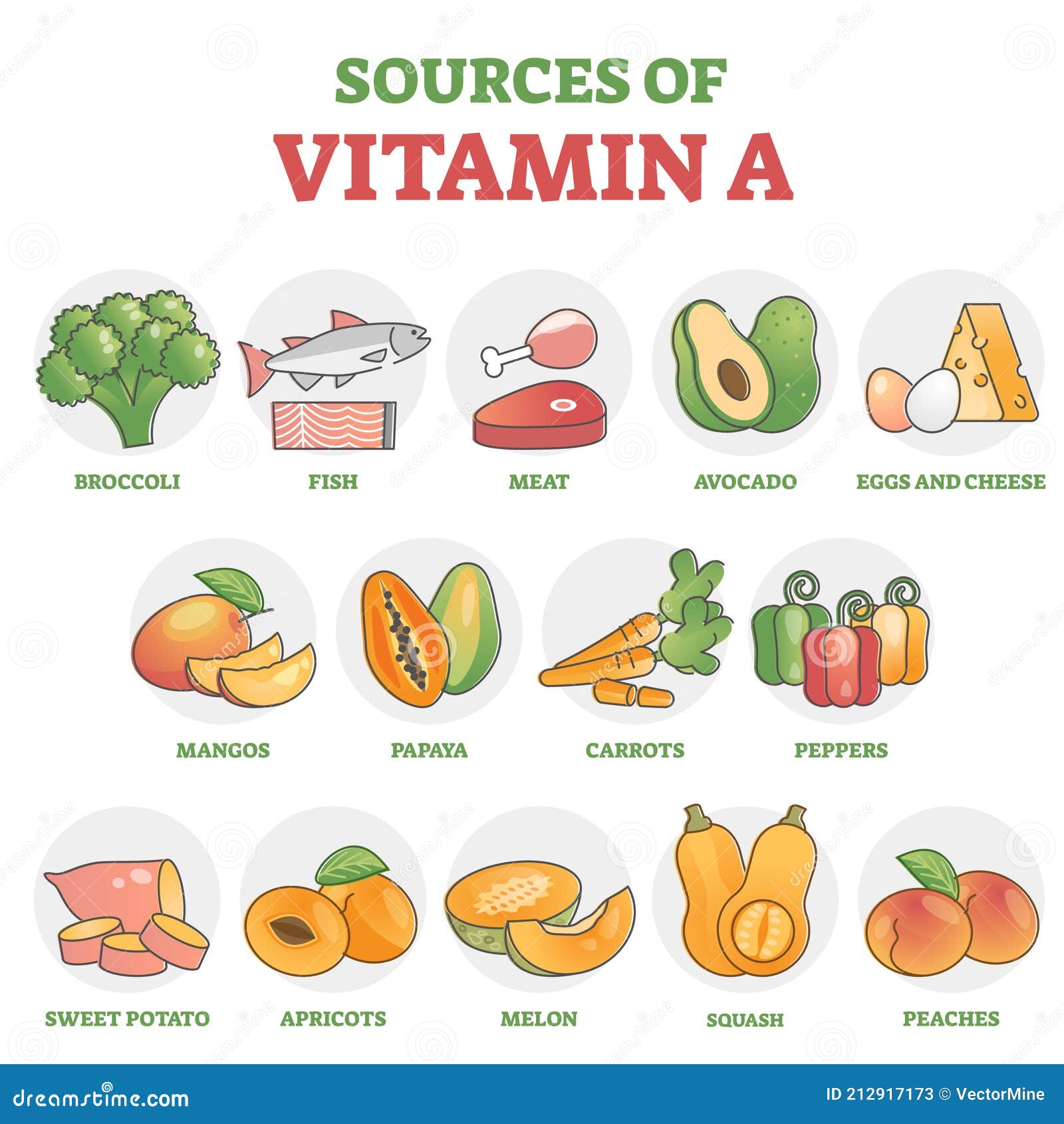
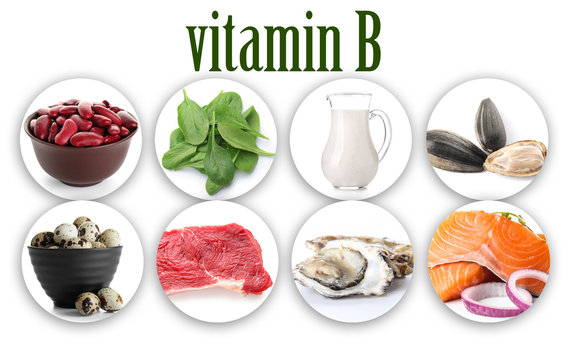

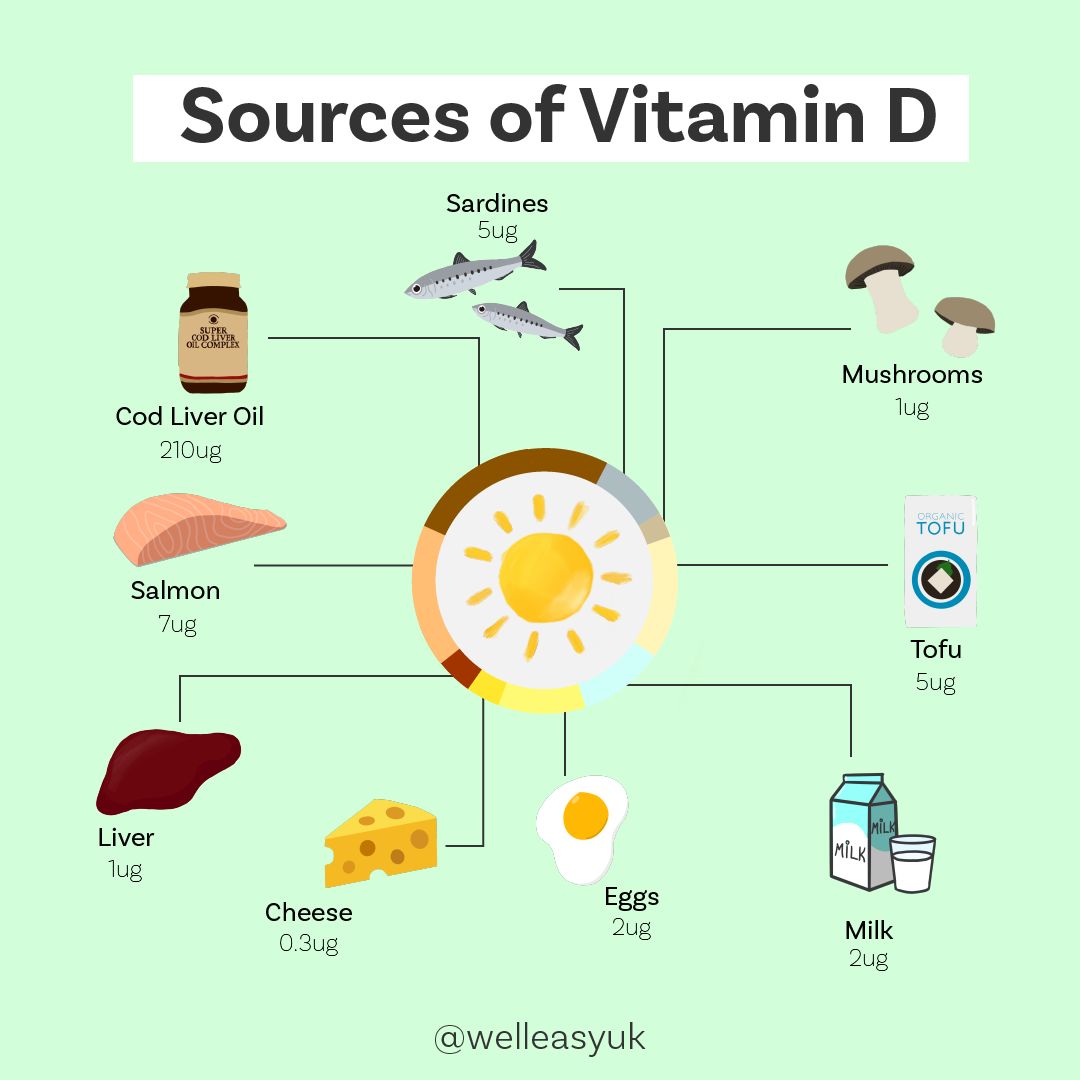
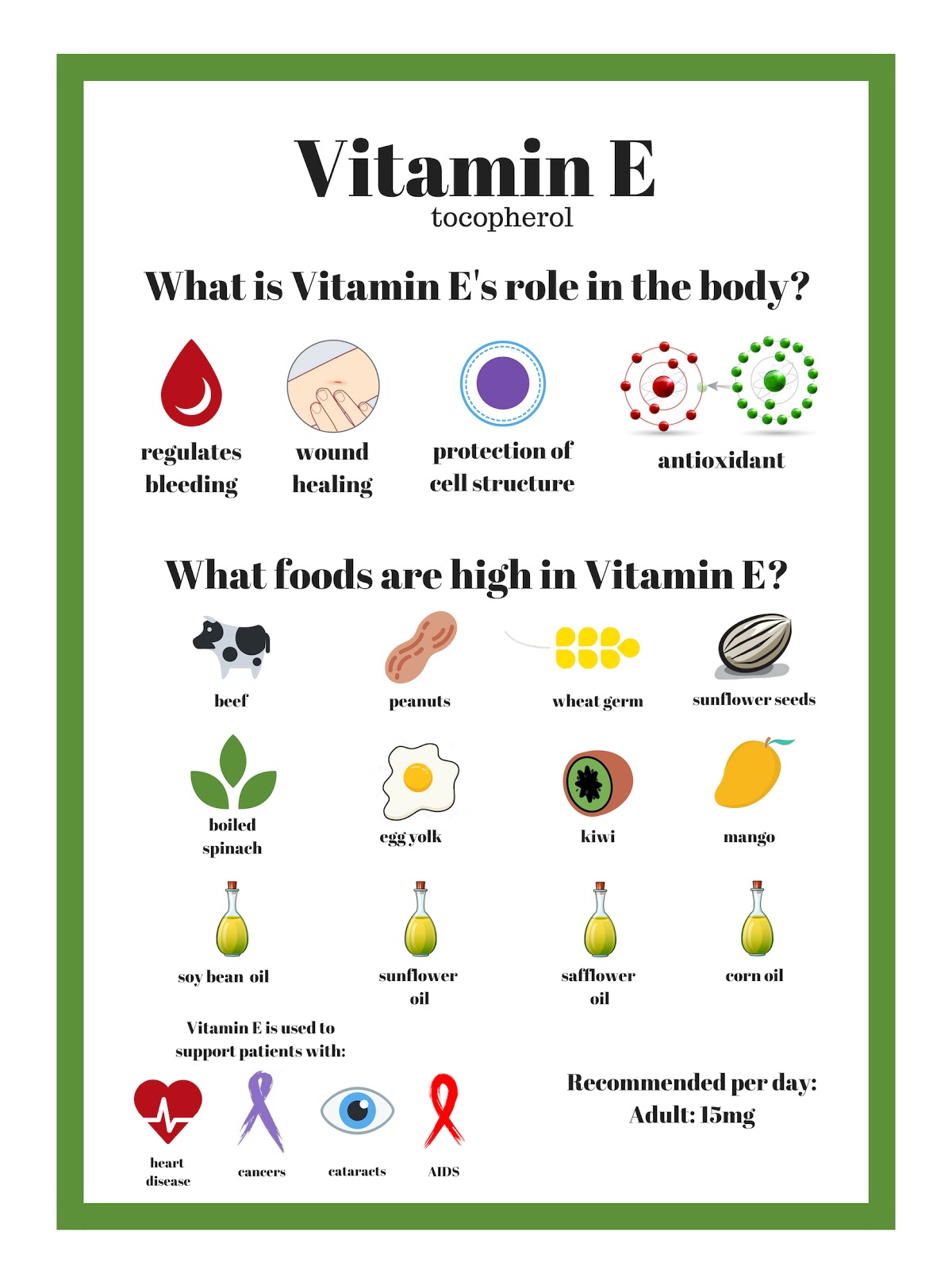
:max_bytes(150000):strip_icc()/Health-VitaminK-Green-Horiz-Stocksy-4616630-578da906d60d4ce6b3d541f1c9462fd9.jpg)
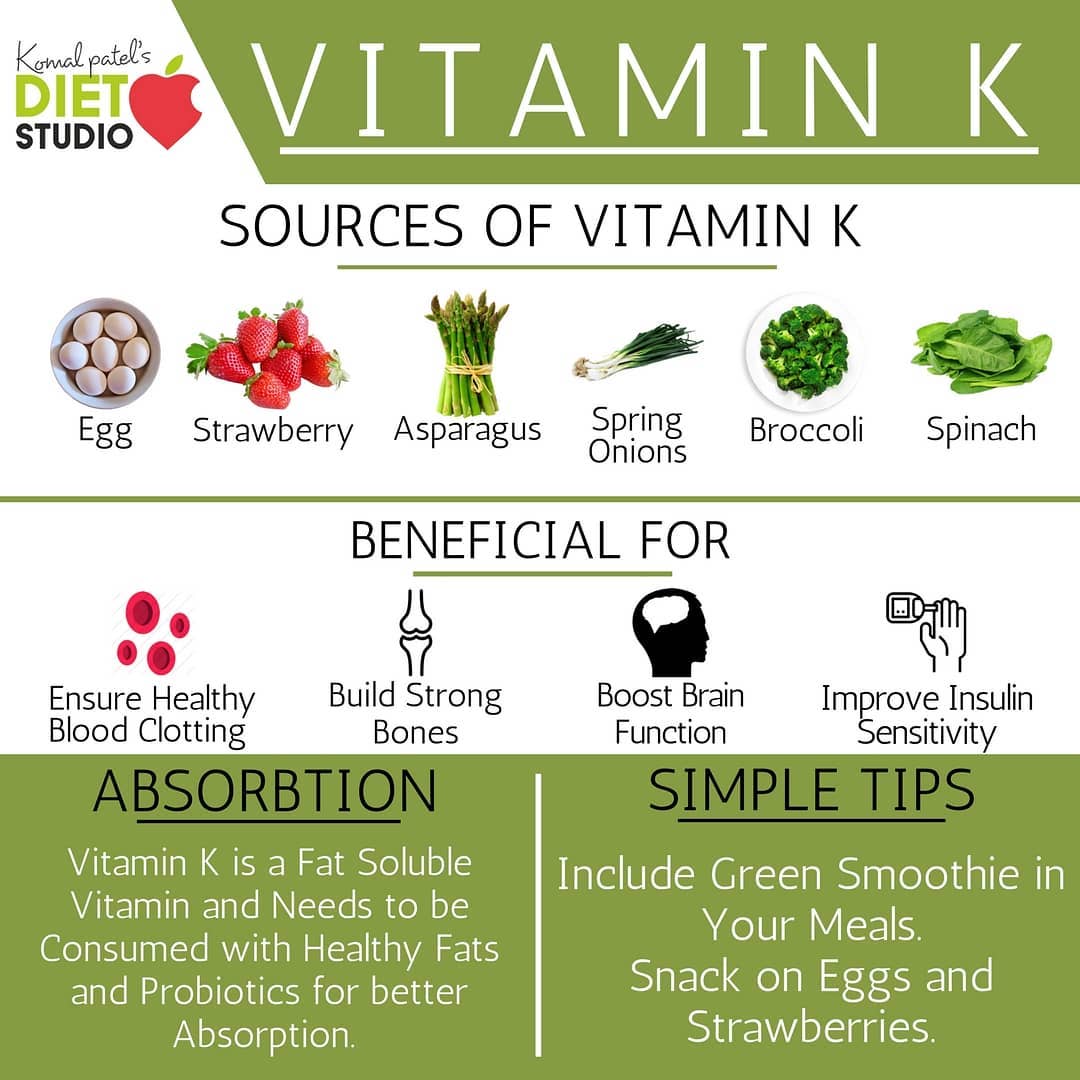

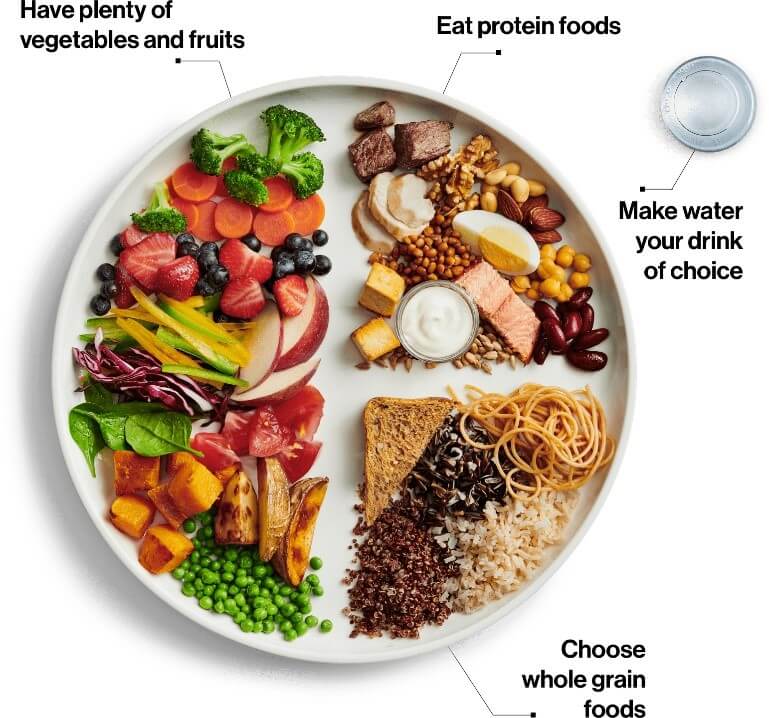
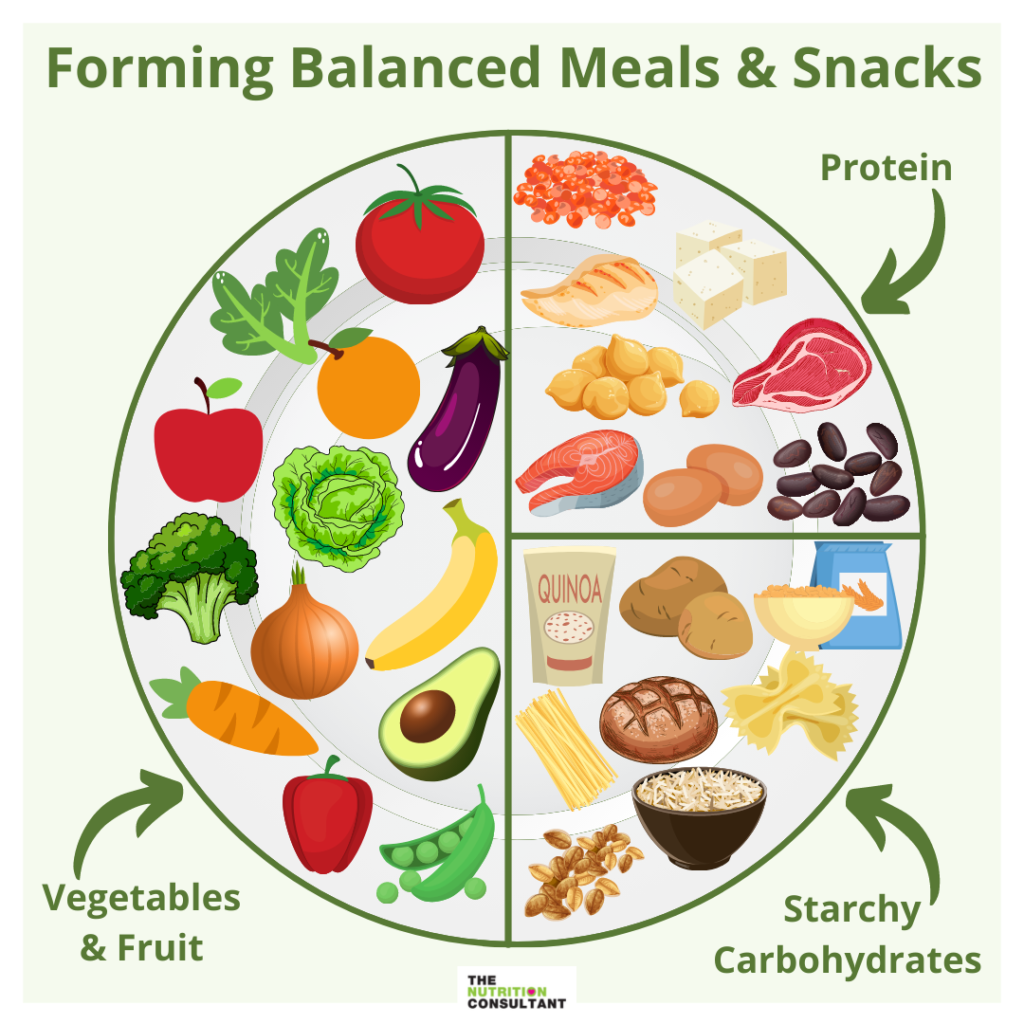















Comments
Post a Comment